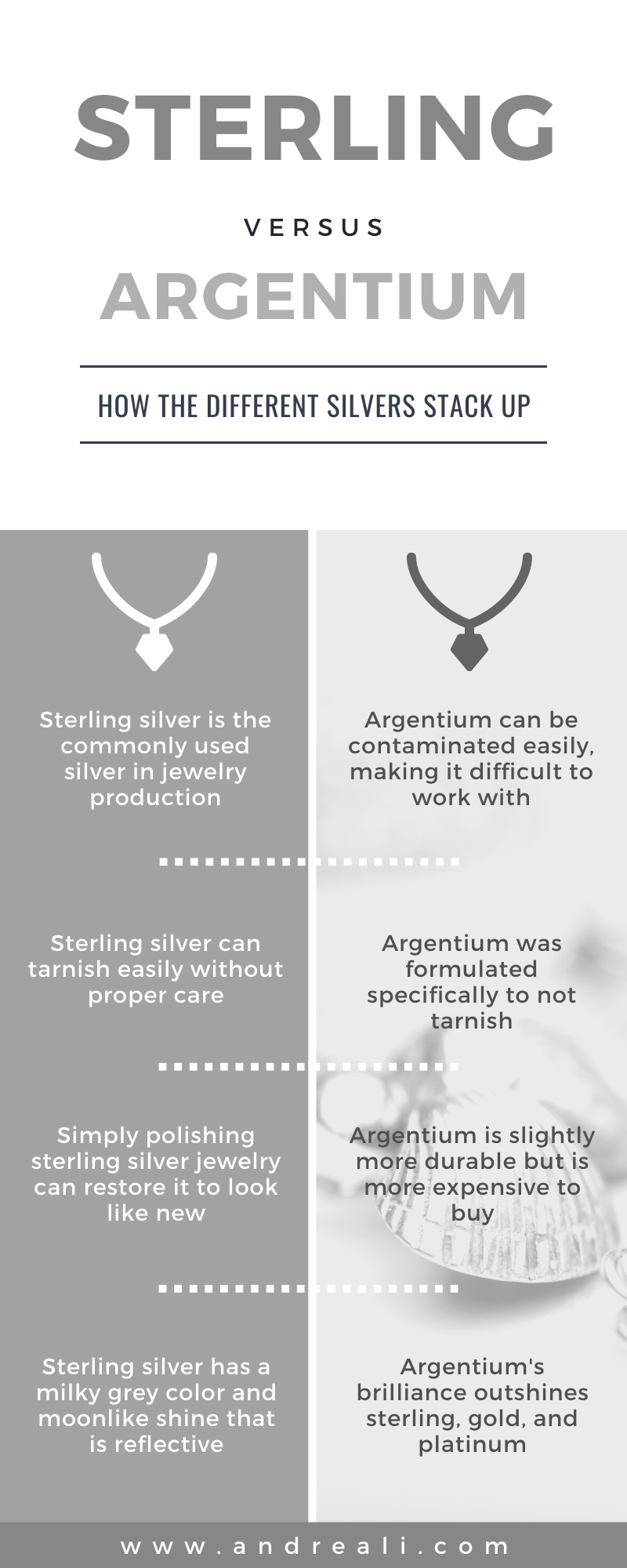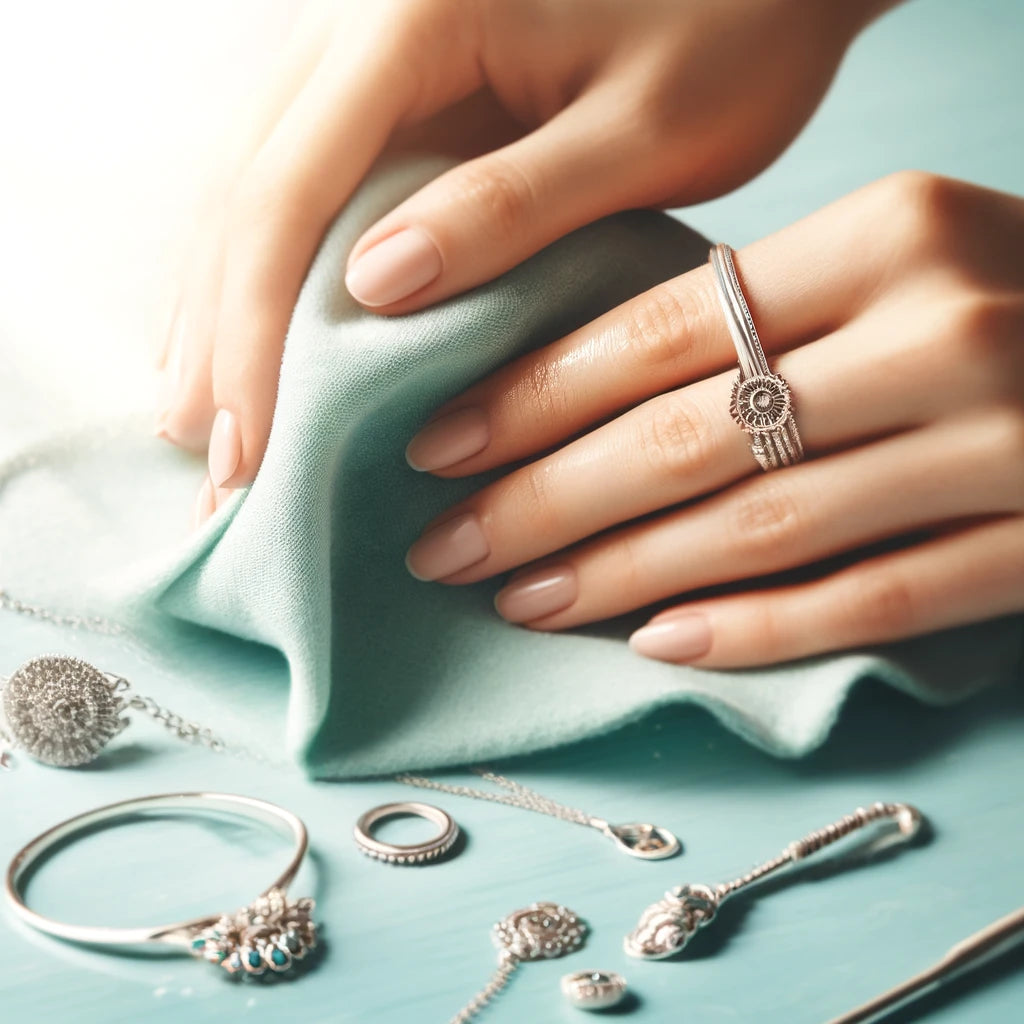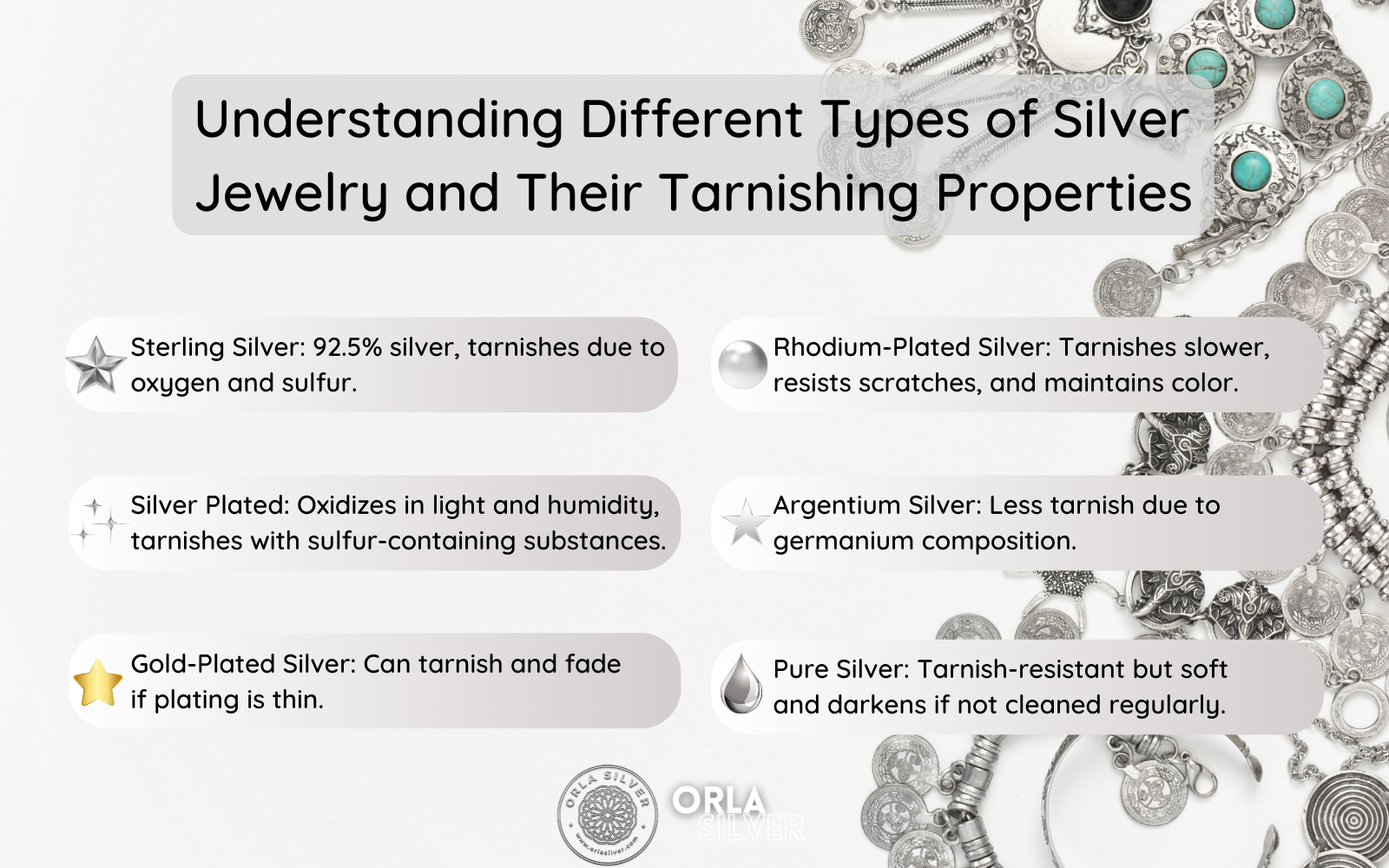| Name | Silver mineral hardness |
| Color | Shiny metallic gray |
| Clarity | Not transparent at all |
| Hardness | 2.5 to 3 on Mohs |
| Luster | Bright metallic sheen |
| Transparency | Opaque and reflective |
| Origin | Found in ores like argentite |
| Shape | Cubic or octahedral crystals |
| Durability | Moderately durable for jewelry |
| Symbolism | Represents purity and wealth |
Showcase the hardness of silver as a captivating aspect of this precious metal, revealing its durability and elegance. Understanding silver’s unique properties will equip jewelry enthusiasts with the knowledge to appreciate its resilience and beauty in various forms.
Understanding Hardness and Durability in Silver
When it comes to selecting jewelry, understanding the hardness of silver is essential for durability and wearability. Silver, cherished for its beauty and malleability, has varying levels of toughness that influence its use in different types of jewelry. Let’s delve deeper into this aspect to understand how it relates to everyday wear, maintenance, and the qualities that define silver.

The Silver Hardness Scale and Its Implications
The silver hardness scale indicates the resilience of silver in comparison to other metals typically used in jewelry. The hardness of pure silver is rated at approximately 2.5 to 3 on the Mohs scale, which means it is relatively soft compared to metals like gold, which ranks higher. This inherent softness raises questions about practicality and longevity when worn as jewelry.
In everyday scenarios, wearers may wonder: “Is silver soft or hard?” While pure silver might be on the softer side, various alloys, such as sterling silver, are mixed with other metals like copper to enhance durability. Sterling silver, for example, typically exhibits improved hardness, making it more suitable for intricate designs and daily wear.
The Relationship of Silver Hardness Compared to Gold
One of the common inquiries revolves around how silver hardness compares to gold. On the Mohs scale, gold ranges between 2.5 and 3, similar to pure silver, but certain gold alloys can reach a hardness of up to 4. This raises the question: when choosing between silver and gold jewelry, how do buyers assess their options?
While both have similar hardness ratings, gold often proves to be more scratch-resistant due to its ability to be alloyed with stronger metals. Ultimately, the choice between silver and gold should consider not only their hardness but also personal style preferences and how often the piece will be worn.
Exploring the Properties of Silver Metal
The properties of silver metal extend beyond appearance, influencing its application and longevity in jewelry creation. Understanding these physical and chemical characteristics can guide enthusiasts and collectors in their purchasing decisions.

Characteristics of Sterling Silver and Its Durability
Sterling silver, which consists of 92.5% silver and 7.5% of other metals (usually copper), enhances its practical features. The alloy’s composition makes it more durable than pure silver, which is beneficial for crafting intricate pieces that may otherwise be prone to bending or scratches.
One common question is, “How durable is silver jewelry?” With proper care, sterling silver pieces can last a lifetime. However, they may display signs of tarnishing over time. Regular cleaning and storage in anti-tarnish pouches can significantly extend the lifespan of silver jewelry.
Assessing Silver Alloy Hardness in Jewelry Craft
Various silver alloy hardness levels provide jewelers with flexibility in design and integrity. For instance, higher copper content can increase the hardness of sterling silver, making it more suitable for daily wear pieces. Jewelers often take these factors into account when creating items that balance beauty with functionality.
Moreover, understanding the alloy composition can help buyers anticipate how their jewelry will withstand everyday wear and tear. It’s essential to ask about the specific alloy used, particularly for custom or high-end pieces, to ensure they align with personal expectations for durability.
Best Practices for Caring for Silver Jewelry
Taking proper care of silver jewelry is crucial for maintaining its condition over time. Knowledge of effective cleaning methods and precautionary measures can keep silver pieces looking their best, regardless of their initial hardness.

Essential Care Tips for Silver Jewelry Maintenance
To preserve the appearance and functionality of your silver jewelry, here are some essential care tips:
- Regularly clean your silver pieces with a soft cloth to remove tarnish and dirt.
- Store jewelry in a cool, dry place and consider using anti-tarnish pouches.
- Avoid exposure to harsh chemicals or perfumes that can damage the surface.
Implementing these practices can help maintain your jewelry’s aesthetic qualities and protect its integrity over time.
Understanding Silver Hardness Testing Methods
For serious collectors, recognizing silver hardness testing methods can provide valuable insights into the quality and authenticity of the jewelry. Common methods include scratch tests and the use of a Vickers hardness tester.
These techniques can reveal the true alloy content, ensuring the piece meets industry standards and buyer expectations. Understanding these methods not only empowers collectors but also enhances their confidence in purchasing decisions.
Addressing Common Concerns About Silver Jewelry
Despite its popularity, prospective buyers often have concerns regarding the practicality and everyday wear of silver jewelry. Addressing these concerns can help individuals make informed choices.
Does Silver Scratch Easily?
One prevalent question is, “Does silver scratch easily?” The answer often depends on the specific alloy and the context in which the jewelry is worn. Pure silver is more susceptible to scratches due to its softness, while sterling silver, being slightly harder, offers better resistance in daily wear situations.
Understanding that regular care and proper storage can mitigate scratching will allow wearers to enjoy their jewelry without excessive worry. Choosing pieces that are more robustly designed can also enhance longevity and enjoyment.

The Limitations and Advantages of Silver Jewelry
As beautiful and cherished as silver is, it’s vital to acknowledge its limitations. While it may lack the toughness of stronger metals or alloys, the unique aesthetic appeal and affordability of silver often compensate for this.
In the long run, investing in high-quality sterling silver pieces, paired with proper care, can yield a stunning collection that celebrates the artistry of jewelry while maintaining durability. Understanding these aspects will enhance any jewelry lover’s collection and experience.
Share insights about the hardness of silver, which is essential for understanding its applications in jewelry making. Gaining knowledge on silver’s durability and scratch resistance can help jewelry enthusiasts select and care for their pieces wisely.
